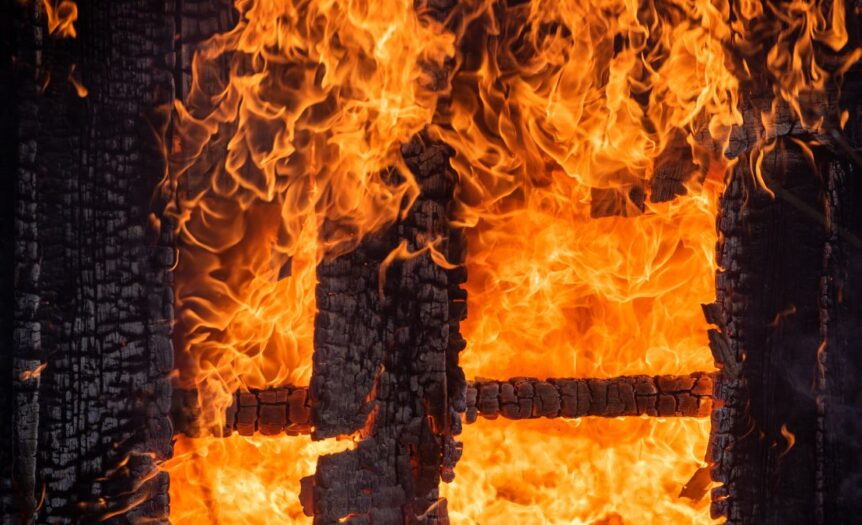In an increasingly uncertain world, the importance of community resilience and preparedness cannot be overstated. Natural disasters, health crises, and other emergencies can strike without warning, leaving communities vulnerable and underprepared. This is where a Community Emergency Response Team (CERT) comes into play. A CERT provides a structured approach to disaster preparedness, ensuring that members of a community are not just passive bystanders but active participants in their own safety and well-being. Starting a CERT in your community is a powerful way to enhance local resilience that also presents an opportunity to foster stronger connections among neighbors. Learning how to start a community emergency response team is the first step to ensuring the safety of yourself and your neighbors.
Recruit and Train Your CERT Members
Assembling a team of dedicated individuals is the first crucial step in building a successful CERT. Start by spreading the word about your initiative throughout your community. Use local events, social media platforms, neighborhood meetings, and word of mouth to attract interested volunteers. Once you’ve assembled your team, training becomes key. Many resources, including online courses and local classes, are available to help with this training process. A well-trained CERT member is not only a valuable asset during emergencies but also a source of information and guidance for the rest of the community.
Gather the Necessary Supplies
Having the right supplies can make a significant difference during an emergency. Each CERT member should have a personal disaster response kit, which typically includes items like a hard hat, safety goggles, work gloves, a dust mask, a first aid kit, a flashlight, and a whistle. Coordinate with fire and rescue equipment suppliers to ensure your CERT is well-stocked and ready to handle any scenario. Carry out regular checks to ensure all equipment is in good condition and ready for use when needed.
Create an Effective Emergency Response Plan
An effective emergency response plan is the backbone of your CERT. This plan should outline the roles and responsibilities of each team member, evacuation routes, meeting points, and communication strategies. It should also include contingencies for different types of disasters your community may face. Regular drills and simulations based on this plan will help ensure every member of your team knows what to do when disaster strikes. A good plan is flexible and can adapt to changing circumstances—you should review the plan and update it regularly in response to feedback from drills and real events.
Collaborate With Local Emergency Services
Your CERT should not operate in isolation but should actively seek to collaborate with local emergency services. This is perhaps the most important part of starting a community emergency response team, as your volunteers will gain the most beneficial knowledge from speaking with professionals who frequently deal with emergency scenarios. Establishing connections with these professionals can provide valuable insights into their protocols and procedures and allow for a more coordinated response during emergencies. They can also offer additional training opportunities for your team members. Moreover, having a strong relationship with local emergency services ensures that your CERT efforts are integrated into the wider disaster preparedness and response framework in your area.




 Deering Estate
Deering Estate
 Massage Envy South Miami
Massage Envy South Miami
 Calla Blow Dry
Calla Blow Dry
 My Derma Clinic
My Derma Clinic
 Sushi Maki
Sushi Maki
 Sports Grill
Sports Grill
 The Healthy Kitchen
The Healthy Kitchen
 Golden Rule Seafood
Golden Rule Seafood
 Malanga Cuban Café
Malanga Cuban Café

 Kathleen Ballard
Kathleen Ballard
 Panter, Panter & Sampedro
Panter, Panter & Sampedro
 Vintage Liquors
Vintage Liquors
 The Dog from Ipanema
The Dog from Ipanema
 Rubinstein Family Chiropractic
Rubinstein Family Chiropractic
 Your Pet’s Best
Your Pet’s Best
 Indigo Republic
Indigo Republic




 ATR Luxury Homes
ATR Luxury Homes


 2112 Design Studio
2112 Design Studio
 Hamilton Fox & Company
Hamilton Fox & Company
 Creative Design Services
Creative Design Services
 Best Pest Professionals
Best Pest Professionals
 HD Tree Services
HD Tree Services
 Trinity Air Conditioning Company
Trinity Air Conditioning Company
 Cisca Construction & Development
Cisca Construction & Development
 Mosquito Joe
Mosquito Joe
 Cutler Bay Solar Solutions
Cutler Bay Solar Solutions


 Miami Royal Ballet & Dance
Miami Royal Ballet & Dance
 Christopher Columbus
Christopher Columbus
 Pineview Preschools
Pineview Preschools
 Westminster
Westminster
 Carrollton
Carrollton
 Lil’ Jungle
Lil’ Jungle
 Frost Science Museum
Frost Science Museum
 Palmer Trinity School
Palmer Trinity School
 South Florida Music
South Florida Music
 Pinecrest Orthodontics
Pinecrest Orthodontics
 Dr. Bob Pediatric Dentist
Dr. Bob Pediatric Dentist
 d.pediatrics
d.pediatrics
 South Miami Women’s Health
South Miami Women’s Health

 The Spot Barbershop
The Spot Barbershop
 My Derma Clinic
My Derma Clinic




 Miami Dance Project
Miami Dance Project

 Rubinstein Family Chiropractic
Rubinstein Family Chiropractic
 Indigo Republic
Indigo Republic

 Safes Universe
Safes Universe
 Vintage Liquors
Vintage Liquors
 Evenings Delight
Evenings Delight





 Atchana’s Homegrown Thai
Atchana’s Homegrown Thai
 Baptist Health South Florida
Baptist Health South Florida

 Laser Eye Center of Miami
Laser Eye Center of Miami
 Visiting Angels
Visiting Angels
 OpusCare of South Florida
OpusCare of South Florida

 Your Pet’s Best
Your Pet’s Best





 HD Tree Services
HD Tree Services
 Hamilton Fox & Company
Hamilton Fox & Company


 Creative Design Services
Creative Design Services